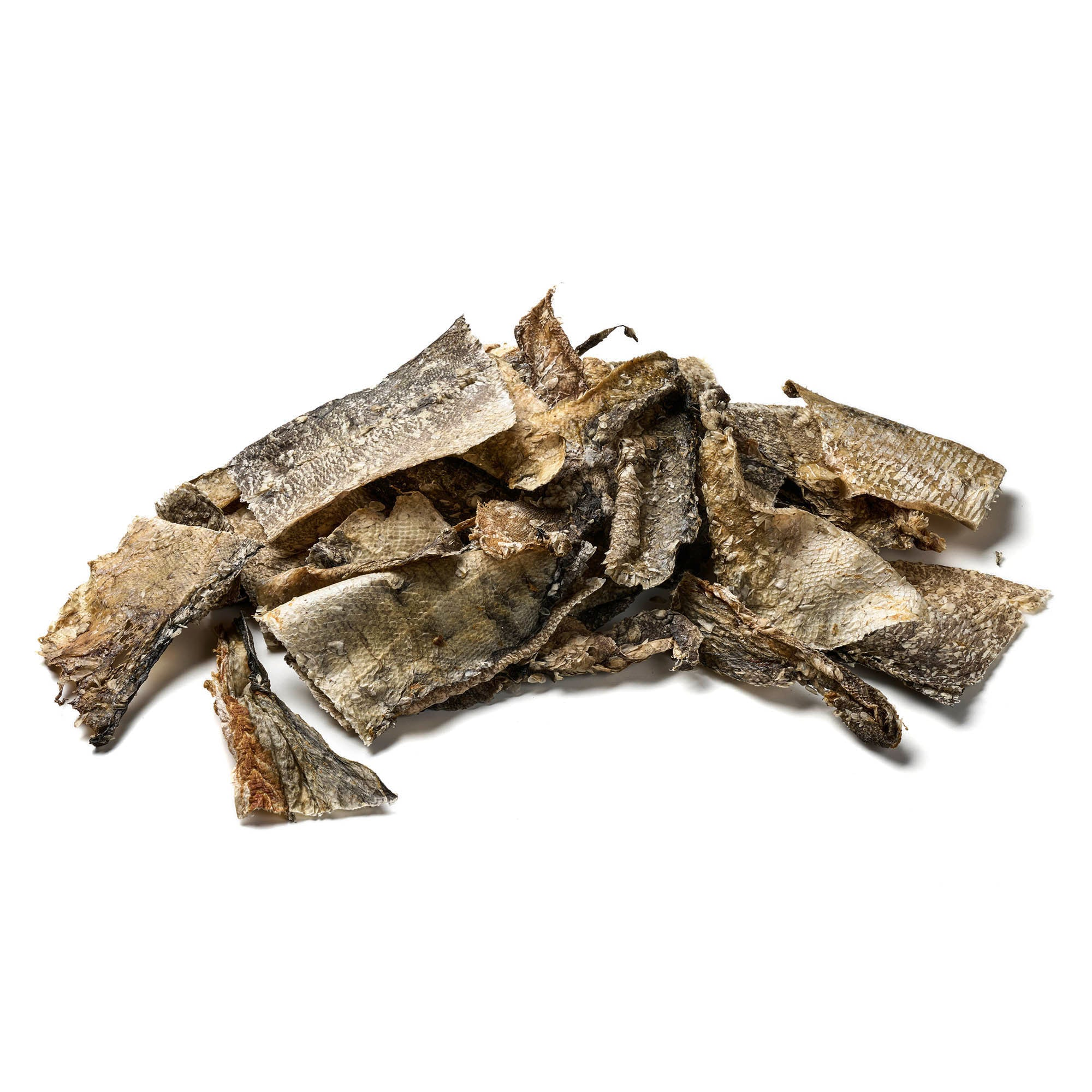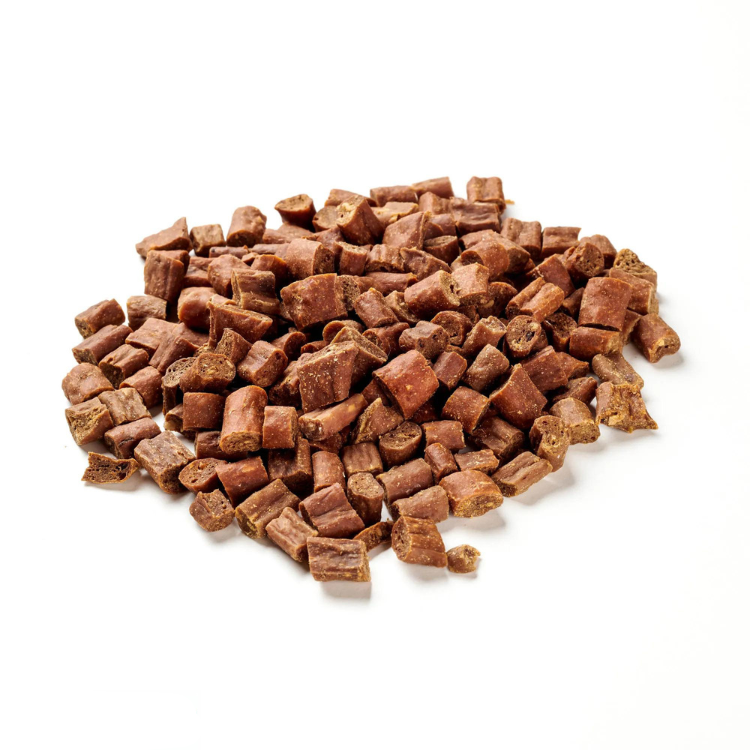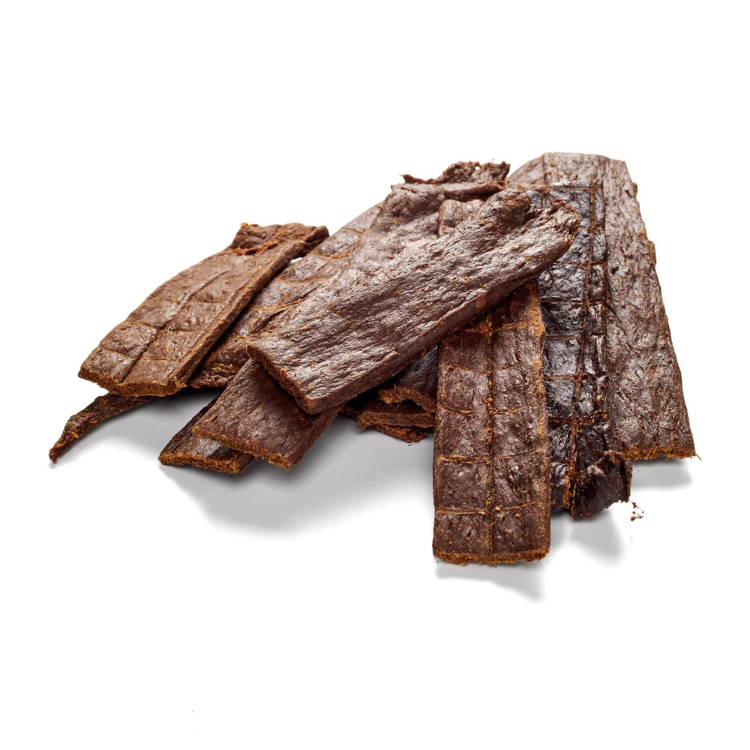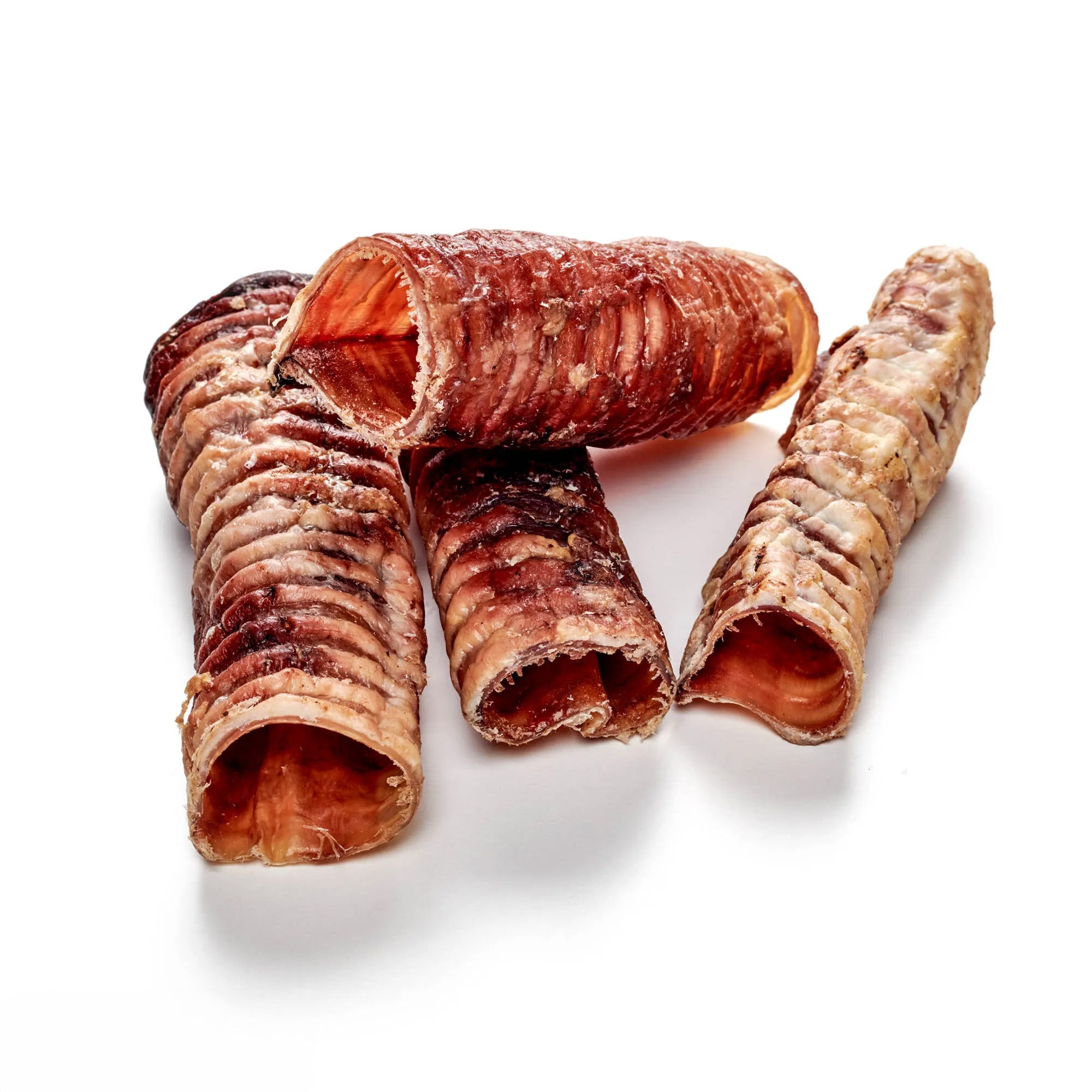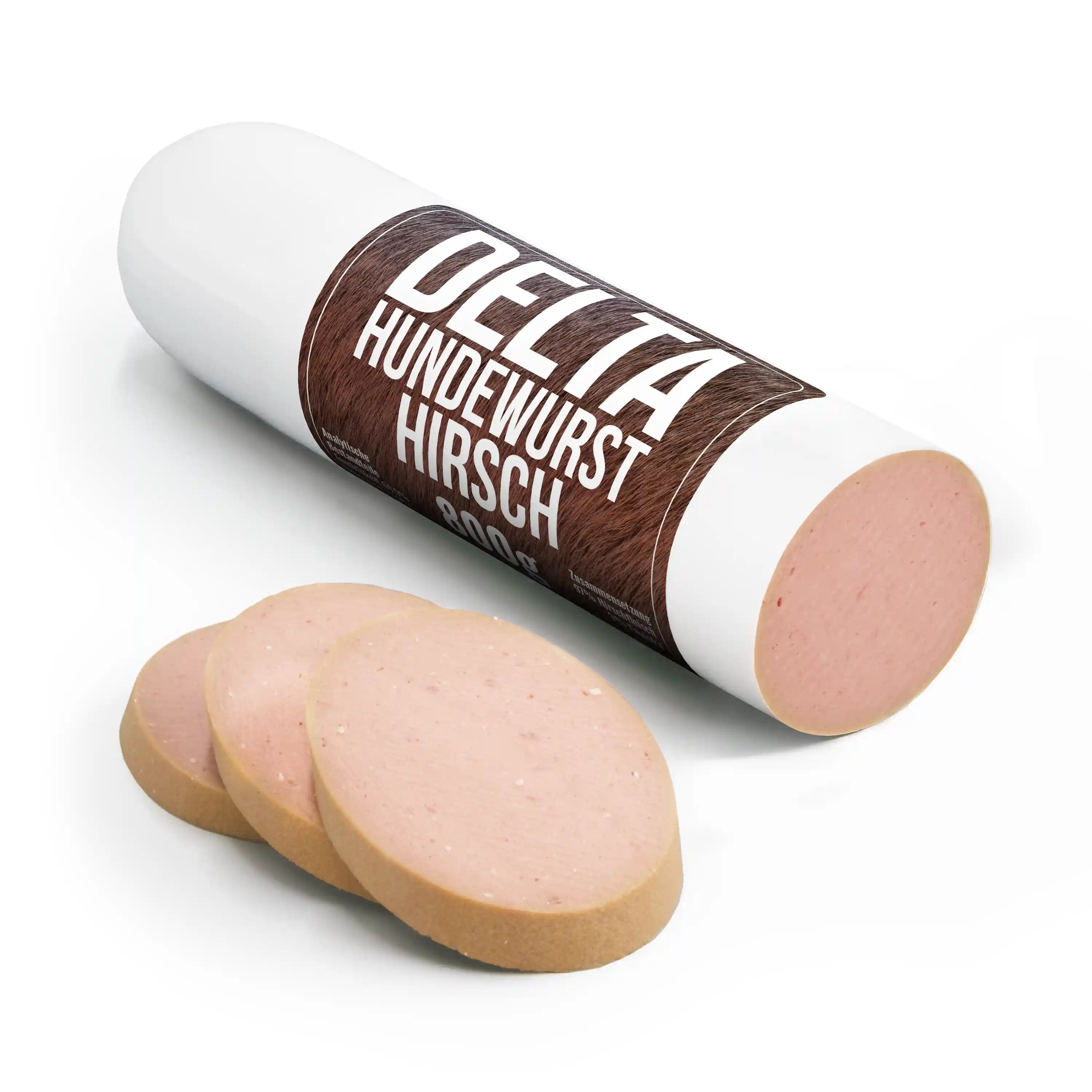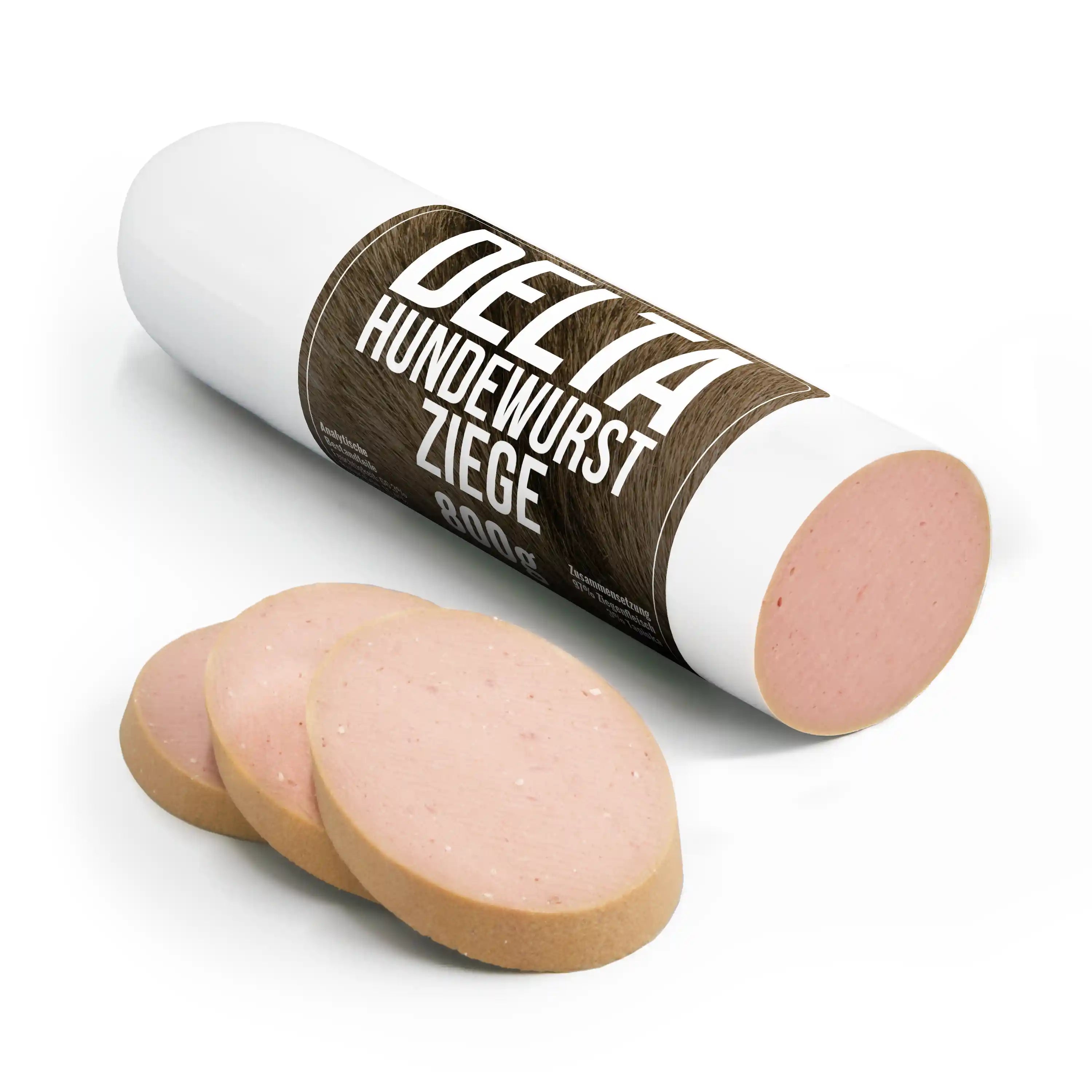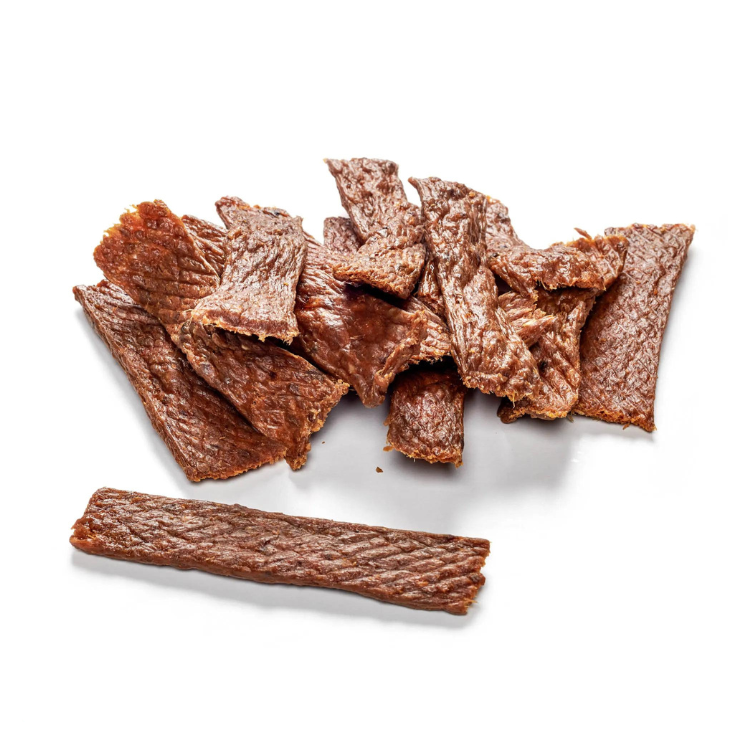
Maltese
Share
The Maltese originally comes from the Mediterranean region and is one of the oldest dog breeds in the world. The breed can be traced back around 4000 years. While the dogs are often ridiculed as lap dogs, they are very noble and uncomplicated animals and are known for their loveability.
Content: Maltese
- profile
- Special features
- Nutrition
- Health and care
- Origin and history
- The right accessories
- Conclusion
Discover our selection of premium dog chews!
Maltese - Profile
- Character: Lively, affectionate, relaxed, intelligent
- Size: Small
- Height: 20-25 cm
- Weight: 3-4 kg
- Life expectancy: 18 years
- Coat type: Long coat, silky, shiny and smooth
- Colour: Pure white to ivory
- Special features: One of the oldest dog breeds
- FCI Group: Companion and Toy Dogs
Maltese - Special characteristics
The Maltese is an extremely sweet, cuddly dog. The dogs are small and have long, silky fur. The color is exclusively white. A maximum of an ivory shade is permitted as a deviation. With 4000 years of history, the dogs are a really old breed and have proven themselves over the millennia.
Maltese are characterized by their active, friendly nature. The dogs are very easy to train using a variety of methods and do not make keeping them more complicated than necessary. Their great adaptability and child-friendliness make the Maltese an excellent dog for those who want an undemanding and easy-to-keep four-legged friend. However, people's little friends are very active and need to be exercised every day. Long walks are just as good for this as intensive play or visiting dog groups.
Of course, you can keep the dog perfectly on a property with a garden . However, the dogs can also be kept just as well in a city apartment. The little fur balls feel just as comfortable in a family as they do as a companion to a single person.
Maltese - What should be considered regarding nutrition?
There is not much more to consider when feeding a Maltese than with other dog breeds. The most important thing is that the diet is balanced and that your little companion enjoys eating the food. It is important to ensure that the food has a high meat content and does not contain any unnecessary additives or fattening agents. In addition to feeding dry and wet food , the little one is also suitable for BARFing.
The right amount of food depends on the age and activity of your dog. The manufacturer's recommendations are often helpful here. Puppies get several meals a day. However, the adult Maltese only needs to be fed 1-2 times a day. The Maltese is not actually prone to obesity. Nevertheless, you should avoid giving him small things to eat outside of feeding times. This is not doing the dog any favors. Once you have taught the little one to beg, he will not stop so quickly.
Delicious chews for your faithful companion now available!
Malteser - Health and Care
The little dog's coat care should not be underestimated. The silky coat tends to mat. For this reason, the little one should be brushed and combed daily. To prevent regular matting, the aesthetically committed dog owner can purchase a suitable care spray. Particular attention should be paid to the hair on the head. To ensure that the hair on the face and skull does not irritate the eyes, the hair must be trimmed or tied up regularly.
Once a month you can bathe the dog and care for the fur with a dog shampoo. If this happens too often, the natural protection of the skin will be damaged and your little companion can develop skin problems. In addition, the fur on the body must also be trimmed from time to time. Claw care, checking for ticks and dental care are basic components of dog care, along with regular visits to the vet , and should not be neglected with the Maltese either.
Maltese - Origin & History
The Maltese can look back on a long history. The name comes from the island of Malta. The little dwarfs are said to have come from the Mediterranean island. The ancestors of the cute little dog lived in ports and coastal towns. There they fought mice and rats. The dogs were already mentioned by the Egyptians 4000 years ago and were also included in the list of animal species by the polymath Aristotle (384-322 BC). In ancient Rome, the people-friendly dogs are said to have accompanied noble ladies. Even in the late Middle Ages, the dogs were often seen on the laps of rich nobles. Prominent Maltese owners in history include Queen Victoria, the French monarch Marie Antoinette and Joséphine Bonaparte. The Maltese is still extremely popular today and is an extremely popular companion, especially in cities.
Maltese - the right accessories
The most important things for keeping a Maltese are the usual basic equipment: water and food bowls, a dog basket, leash, harness or collar and a first aid kit for dogs. You should also have the right equipment for grooming at home. This includes scissors or a dog trimmer, a brush, a comb and a metal comb for removing knots and matting.
Treat your little friend to a few dog toys. The little rascals especially enjoy logic and search games. You can teach Maltese dogs many tricks with treats . A particularly popular tool for this is the small clicker that is also used to train dolphins. Just try a few things out - you'll see: the Maltese is very willing and able to learn!
Conclusion
The Maltese, one of the oldest dog breeds, is characterized by its friendly, active nature and easy-going behavior. With its long history as a lap dog and companion of wealthy nobles, it is a valued family dog. Daily care and loving attention make it a loyal companion.
Discover the range of dog snacks in our store!

